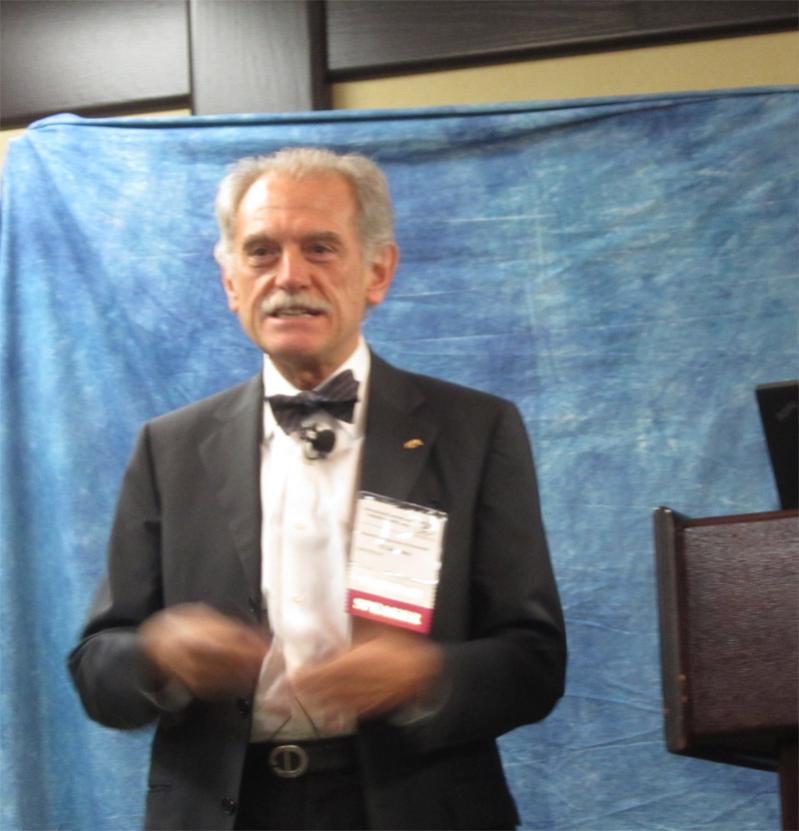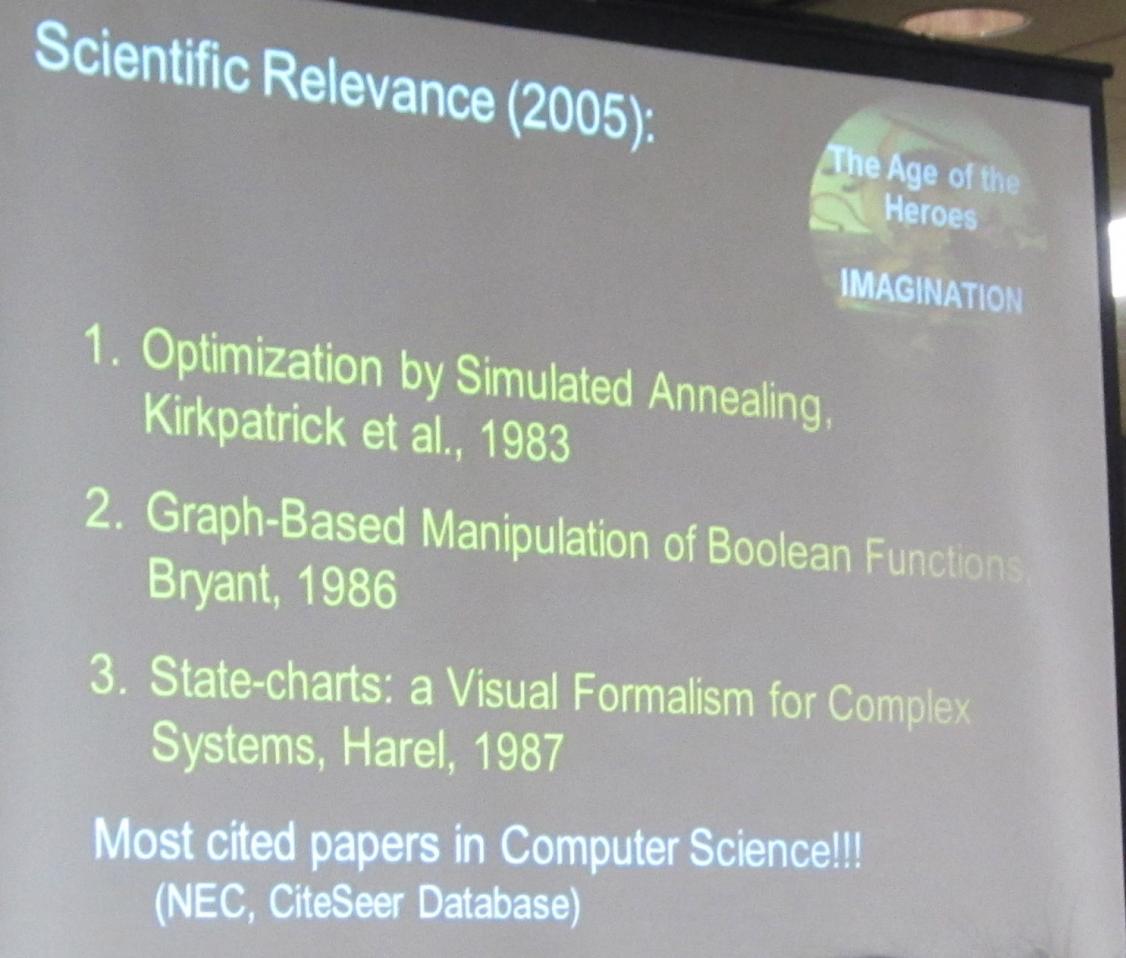 At ICCAD earlier this week, CEDA sponsored a talk by Alberto Sangiovanni-Vincentelli looking back over the last 30 years (it is the 30th anniversary of ICCAD) and looking to the future. As is always the case in these sorts of presentations, the retrospective contained a lot more detail than the going forward part. Clayton Christensen had an editorial in the New York Times just the weekend before looking at the different types of innovation. And, by the way, if you have never read Christensen’s The Innovator’s Dilemma then you absolutely should.
At ICCAD earlier this week, CEDA sponsored a talk by Alberto Sangiovanni-Vincentelli looking back over the last 30 years (it is the 30th anniversary of ICCAD) and looking to the future. As is always the case in these sorts of presentations, the retrospective contained a lot more detail than the going forward part. Clayton Christensen had an editorial in the New York Times just the weekend before looking at the different types of innovation. And, by the way, if you have never read Christensen’s The Innovator’s Dilemma then you absolutely should.

Christensen identifies three types of innovation and Alberto picked up on these in the context of EDA. First is empowering innovation. This transforms complicated products available only to a few into simpler products available to many. For example, the Ford Model T or Sony’s first transistor radio. This type of innovation creates jobs since more people are required to create and sell the new products. They also use capital to expand capacity.
Next is sustaining innovations. These replace old products with new models. But they replace them. Hybrid cars such as my Camry replace non-hybrid cars. It’s not as if I kept my old car too, never mind bought a second new one. In terms of dollars this is probably the biggest part of innovation but it has a neutral effect on economic activity and capital. It’s more of a zero-sum game.
Then there are efficiency innovations. These reduce the cost and disrupt existing products: steel minimills, or the PC for example. They streamline processes and actually reduce employment and often (but not always) require less capital.

Alberto reviewed EDA as going through phases. In 2005, if you looket at the most cited papers in computer science–all of it, not just EDA–then the top 3 were all in EDA. The best minds in algorithms were working in EDA (if you are intereseted, the top 3 were Kirkpatrick et al’s paper on simulated annealing, Randy Bryant’s paper on BDDs and Harel’s paper on state-charts).
Today, EDA is more of a mature industry. While there is some innovation going on, of course, a lot is more like the efficiency innovation, making the algorithms that we already have work on larger designs.
One thing Alberto pointed out is that we have an incredible body of smart engineers working in EDA. We understand how to handle unimaginably complex data with incredibly efficient algorithms. We know how to abstract, simplify and generally manage enormous complexity. For example, if you look at the state of the art in mechanical CAD it is primitive compared to what is required to design an IC. Alberto reckons that if EDA is going to grow then we have to re-define EDA to include more stuff and then we can deploy our engineering skills more widely. One place that EDA missed was a lot of the system design stuff. Although they are private so nobody knows the exact numbers, The Mathworks’ Matlab and Simulink are a billion dollar business, in a space just adjacent to EDA.
Share this post via:









Quantum Advantage is About the Algorithm, not the Computer